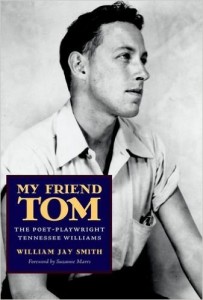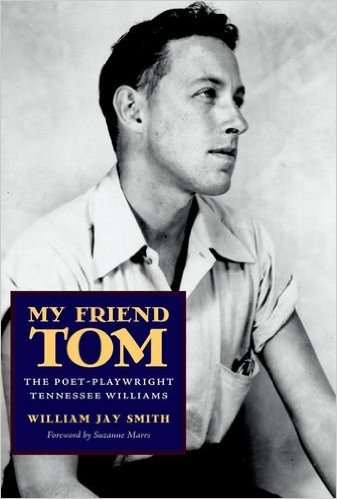Published in: March-April 2013 issue.
 My Friend Tom: The Poet-Playwright
My Friend Tom: The Poet-Playwright
Tennessee Williams
by William Jay Smith
University Press of Mississippi. 192 pages, $28.
MORE A SERIES of set pieces than a traditional biography, this is a heartfelt, well-written collection of reminiscences by one of Tennessee Williams’ college friends, William Jay Smith. Smith went on to hold the post of poet laureate of the U. S. from 1968-1970, having written dozens of books of poetry and translations, as well as his own memoirs.







